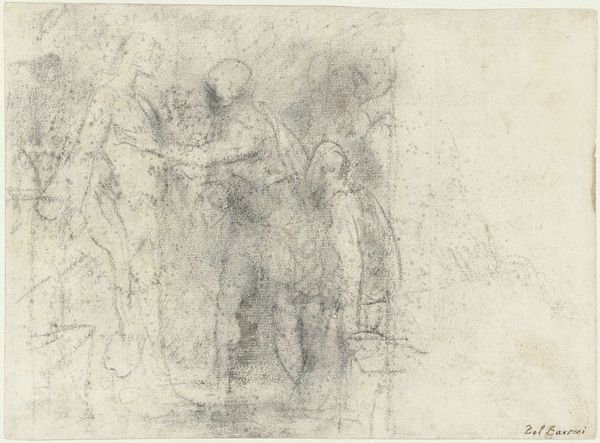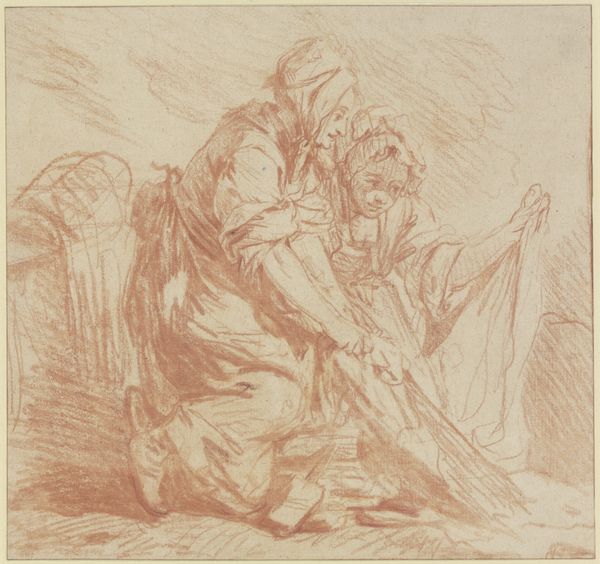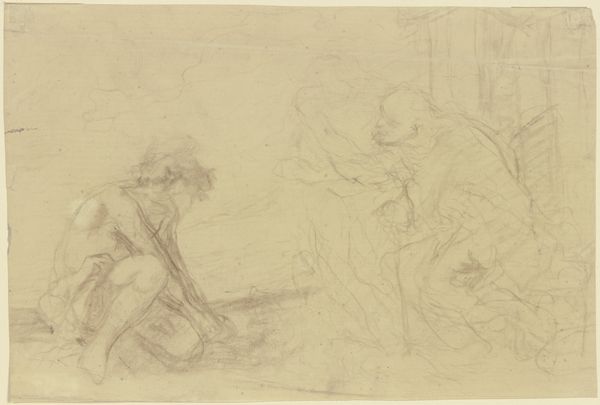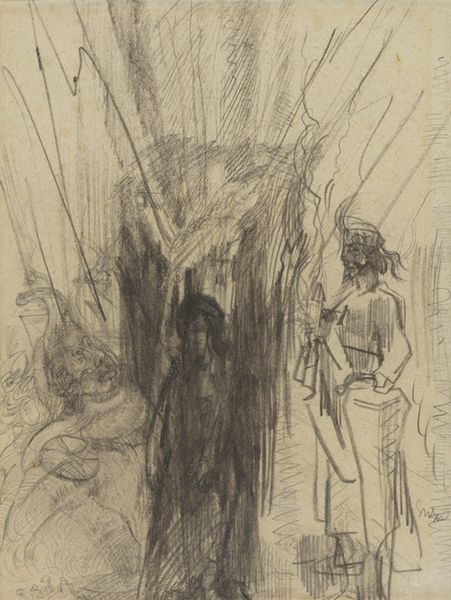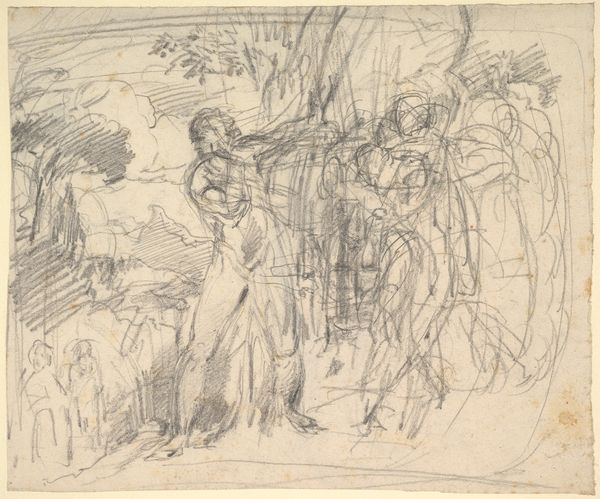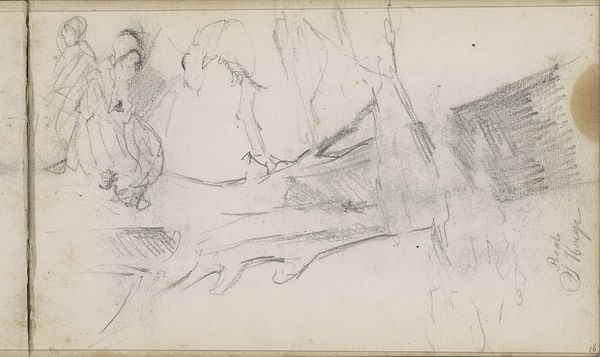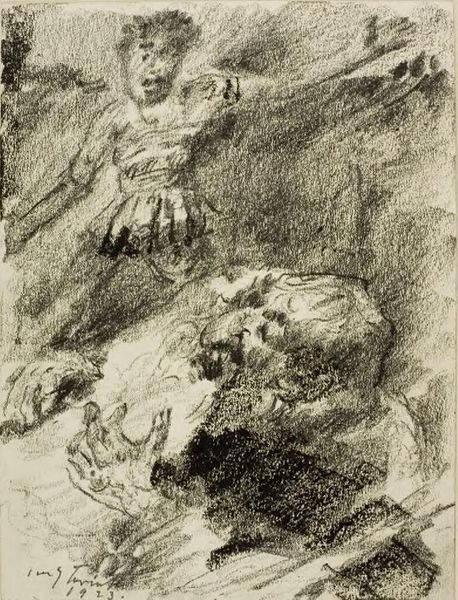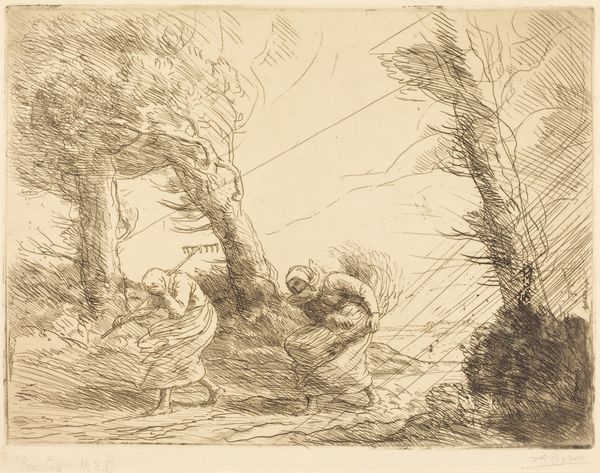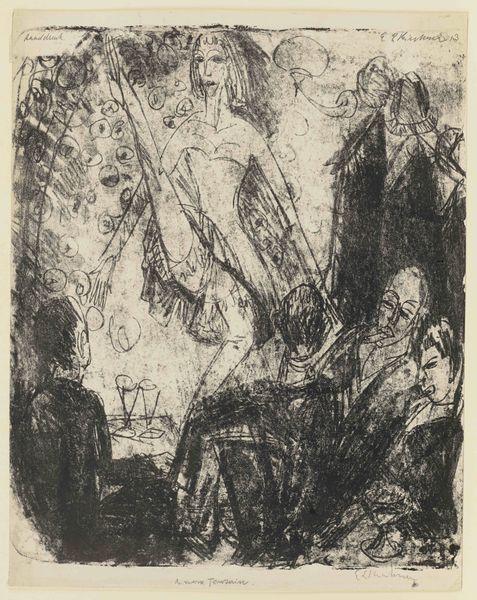
drawing, charcoal
#
portrait
#
drawing
#
landscape
#
charcoal drawing
#
figuration
#
pencil drawing
#
expressionism
#
charcoal
Copyright: Public Domain: Artvee
James Ensor made this drawing of Don Quixote in Belgium, likely around the turn of the 20th century, when the tale of the deluded knight was enjoying a resurgence in popularity. Ensor’s Quixote is not the heroic figure of popular imagination. He is lost in a haze of his own making, his features obscured, his purpose unclear. Born in a country divided between French and Flemish culture, Ensor was deeply concerned with social inequality. His art is often satirical, skewering the pretensions of the bourgeoisie. It’s possible to interpret Ensor’s Quixote as a critique of idealism, a commentary on the futility of pursuing outdated dreams in a rapidly changing world. To understand Ensor's work better, we can look into the social and political context of Belgium at the time, especially the relationship between artistic institutions and social movements. Careful examination of the critical literature can shed light on how Ensor challenged the norms of his time.
Comments
No comments
Be the first to comment and join the conversation on the ultimate creative platform.
